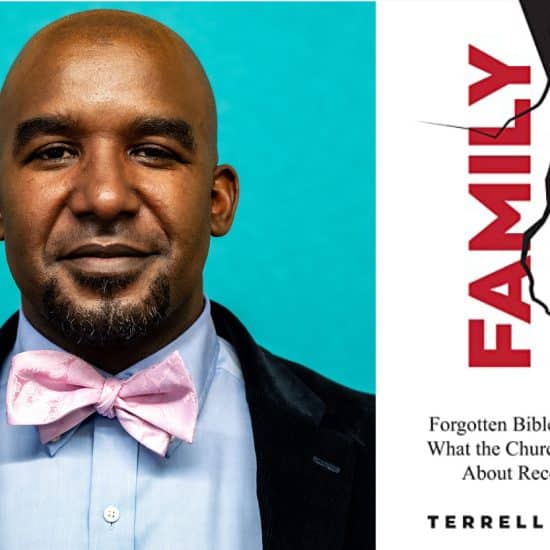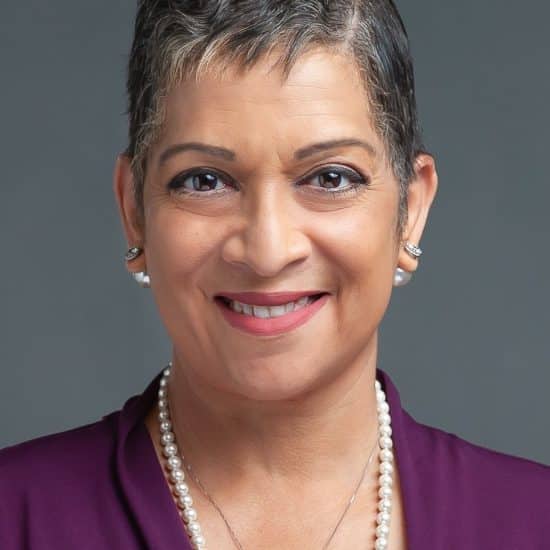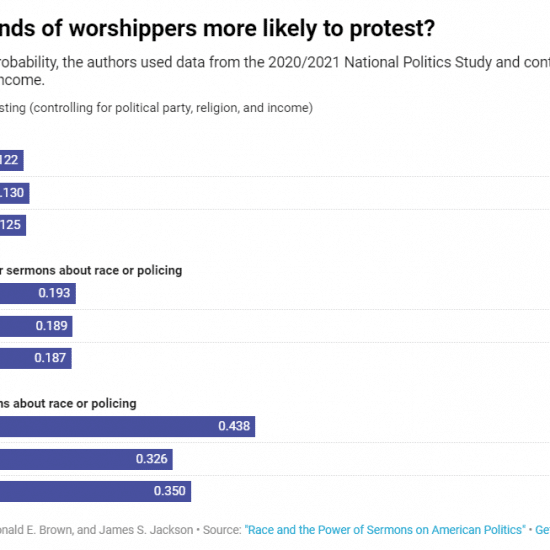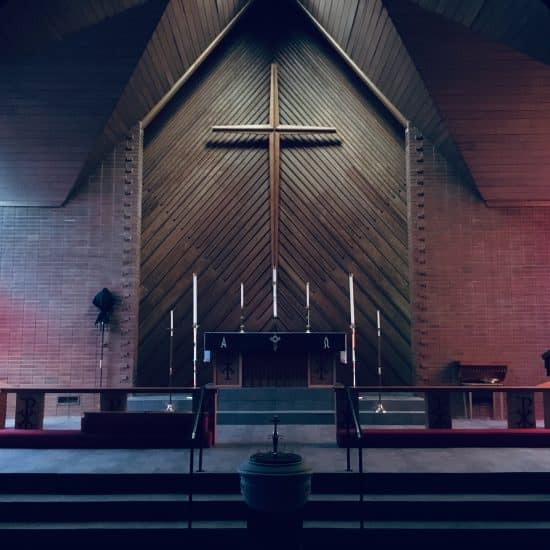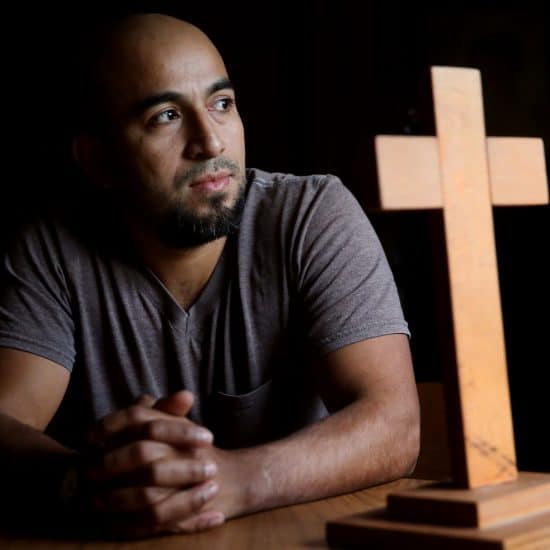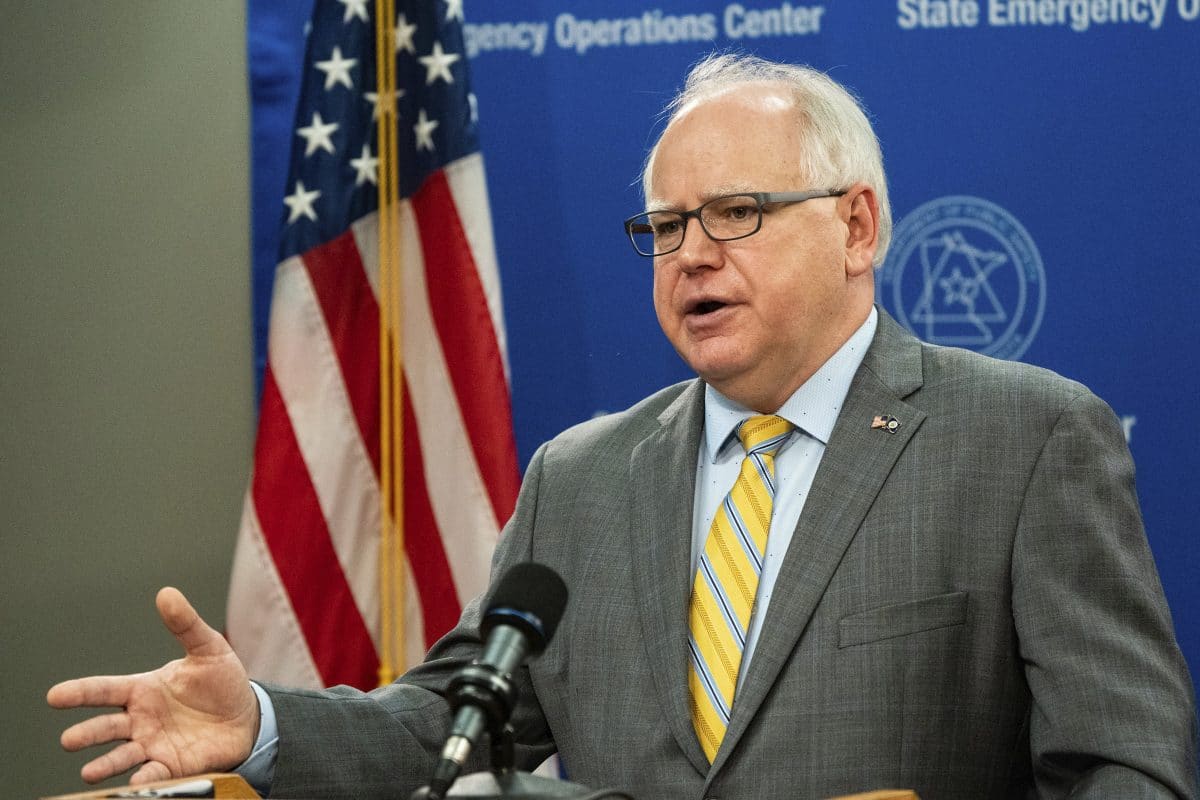
(AP) — Minnesota Gov. Tim Walz on Saturday (May 23) scrapped his 10-person limit on group gatherings and agreed to allow churches to open at 25% occupancy if certain safety guidelines are met. Walz said the decision, coming on the day when the state reported a record number of COVID-19 cases, has been “a challenging one” because large gatherings raise the risk of spreading the virus. He said the last week “has been all over the place” as he considered new Center for Disease Control and Prevention guidelines and talked with religious leaders about the change.
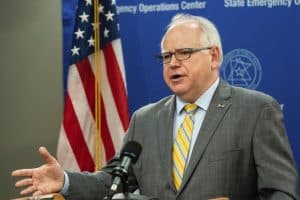
Gov. Tim Walz speaks about the state of COVID-19 in Minnesota during a news conference at the Department of Public Safety in St. Paul, Minnesota, on May 23. (Evan Frost /Minnesota Public Radio via AP)
“I understand the toll the pandemic has taken on the spiritual health of Minnesotans,” said Walz, whose new executive order for religious gatherings goes into effect Wednesday. It applies only to ceremonies and not to receptions, he added.
The Catholic Archdiocese of St. Paul and Minneapolis had already said it would reopen Tuesday at one-third capacity. The archdiocese leader, Archbishop Bernard Hebda, said in a letter to parishioners Saturday that the churches would abide by the Wednesday opening and emphasized that safety comes first. Said Hebeda, “If a parish is not confident they are ready, they should not open. Period.”
The archbishop said limiting gatherings to 10 people had “burdened the Church’s ability to fully meet the sacramental needs of our faithful” and he appreciated the “honest, open, and fast-paced dialogue” with state leaders.
In addition to social distancing and attendance guidelines, the new plan recommends that everyone wear masks and that no singing takes place in a congregate setting.
Walz’s announcement came as the state reported a daily high for COVID-19 cases for the second straight day. State health officials confirmed 847 new cases, boosting the cumulative number to 19,845. There were 10 additional deaths, increasing the total number to 852. Nearly 700 people living in long-term care facilities have died from the coronavirus. A record 33 deaths were confirmed in Friday’s report.
“I want to be clear to Minnesotans. The worst has not yet passed in terms of infections and infection rates,” Walz said.
Dr. Deborah Birx, White House coronavirus task force coordinator, on Friday identified Minneapolis among four metro areas in the country where infection rates are persistent or rising. Also Friday, the Star Tribune reported at least 150 people in the densely populated, predominantly black Cedar-Riverside neighborhood in Minneapolis have tested positive for COVID-19, raising concerns about racial disparities that have been seen around the country.
The number of people requiring hospitalization jumped from 534 to 568 in the last day and there are 215 people in intensive care units. State Health Commissioner Jan Malcolm said Saturday that two level one trauma centers have reached surge capacity.
“We have to take this very seriously,” Malcolm said.

